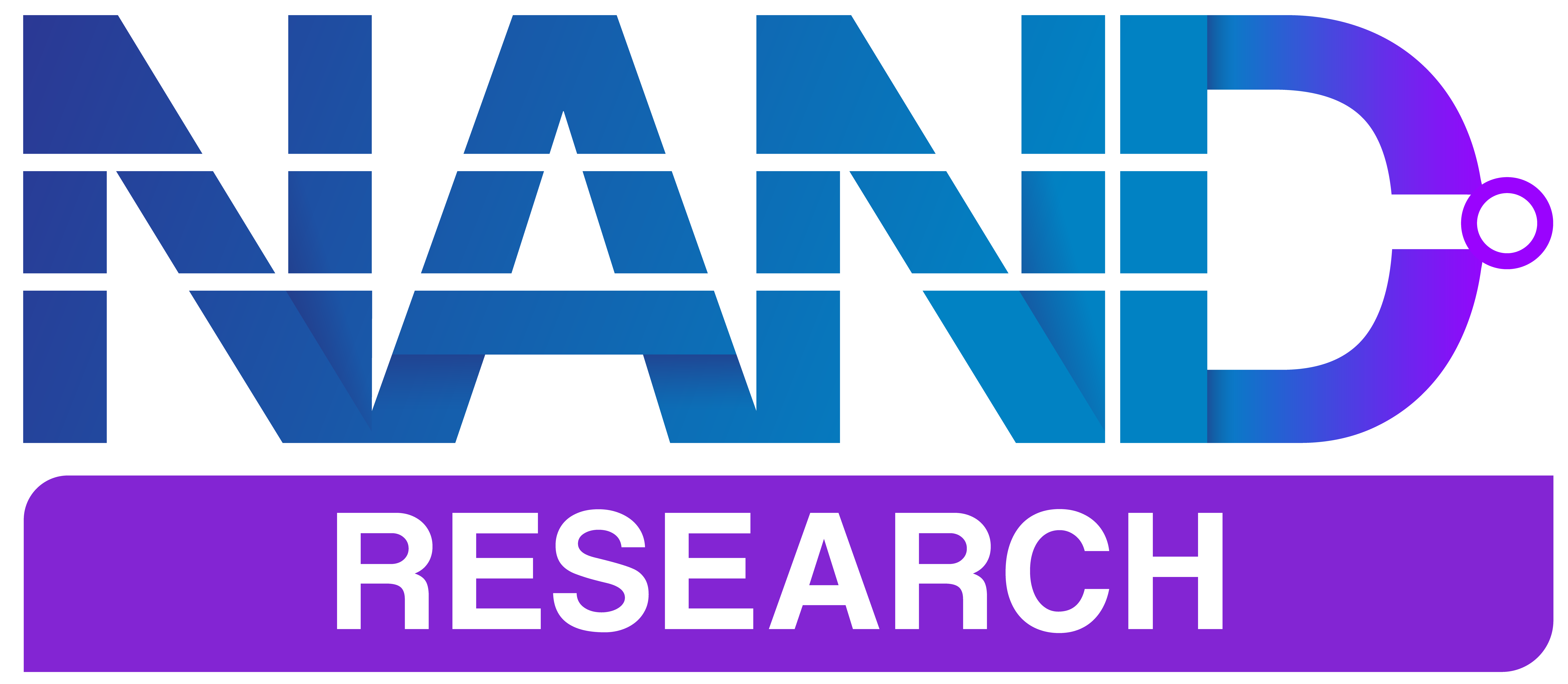Snowflake recently held its annual Snowflake Summit in San Francisco where the announcements show the company evolving from a data warehouse provider to an AI platform orchestrator. Snowflake introduced conversational AI interfaces, automated ML pipelines, and unified data integration capabilities.
Other key developments include natural language data querying through Snowflake Intelligence, AI-embedded SQL via Cortex AISQL, and automated data movement through Openflow. These capabilities address enterprise adoption barriers related to AI implementation complexity and data accessibility for non-technical users.
The announcements address three core enterprise challenges: democratizing data access beyond technical teams, accelerating AI development workflows, and reducing data integration overhead.
Core Platform Enhancements
Snowflake Intelligence operates through ai.snowflake.com and provides natural language querying across structured and unstructured data. The system leverages Anthropic’s Claude and OpenAI models within Snowflake’s security perimeter, automatically inheriting existing role-based access controls and data masking policies. Integration spans internal Snowflake data, Box, Google Drive, Salesforce Data Cloud, Workday, and Zendesk through OpenFlow connectors.
Cortex AISQL embeds generative AI functions directly into SQL queries, enabling analysis of text, images, audio, and video data using standard SQL syntax. Snowflake claims 30-70% performance improvements depending on datasets, with up to 60% cost savings when filtering or joining data across thousands of records. The system supports semantic search, content classification, and metadata extraction within SQL operations.
Data Science Agent automates ML workflow generation using Anthropic’s Claude for multi-step reasoning. It produces executable ML pipelines in Snowflake Notebooks covering data preparation, feature engineering, and training phases. The system generates verified solutions that data scientists can iterate upon through natural language feedback.
Infrastructure Capabilities
Snowflake OpenFlow provides managed data integration powered by Apache NiFi, with over 100 connectors supporting structured, unstructured, batch, and streaming data. The service offers streaming throughput of up to 10 gigabytes per second with data availability for querying within 5-10 seconds post-ingestion. Deployment options include Snowflake-managed infrastructure or customer bring-your-own-cloud (BYOC) configurations.
Standard Warehouse Generation 2 delivers 2.1 times faster analytics performance compared to previous generations and a 1.9 times improvement over Managed Spark for core analytics workloads. Combined with Adaptive Compute, the system automatically manages cluster sizing, concurrency settings, and query routing, eliminating the need for manual configuration.
Marketplace
Cortex Knowledge Extensions enable integration of third-party content from The Associated Press, USA TODAY Network, Stack Overflow, CB Insights, and Packt while protecting intellectual property through proper attribution mechanisms.
Agentic Native Apps from providers including Sema4.ai, Contextual AI, and S&P Global offer pre-built AI agents that operate within Snowflake’s governance framework.
Analysis
Snowflake’s announcements constitute a significant platform evolution rather than incremental feature additions. The company aims to address genuine enterprise challenges related to AI adoption complexity and data accessibility barriers. However, success depends on organizational readiness for conversational data interfaces and Snowflake’s ability to execute complex AI orchestration at an enterprise scale.
Enterprises struggling with the complexity of AI implementation and data democratization will find Snowflake’s unified approach compelling. The governance inheritance model addresses legitimate enterprise security concerns, while SQL integration leverages existing organizational capabilities.
Early adopters will likely focus on internal analytics and reporting use cases before expanding to customer-facing applications. Organizations with mature data governance and high-quality metadata will achieve faster value realization than those requiring foundational data management improvements.
Snowflake’s strategy challenges the established boundaries between data warehouses, BI tools, and AI platforms. However, Microsoft Fabric, Databricks, and cloud providers all offer competitive alternatives with different architectural approaches. We expect enterprise customers will maintain hybrid strategies rather than consolidating entirely onto a single platform.
Snowflake is well-positioned for growth in the expanding enterprise AI market, though competitive pressure and execution challenges will determine actual market share gains. Enterprise customers should evaluate these capabilities within their specific context rather than assuming universal applicability across all data and analytics use cases.
Competitive Outlook & Advice to IT Buyers
These sections are only available to NAND Research clients and IT Advisory Members. Please reach out to [email protected] to learn more.




